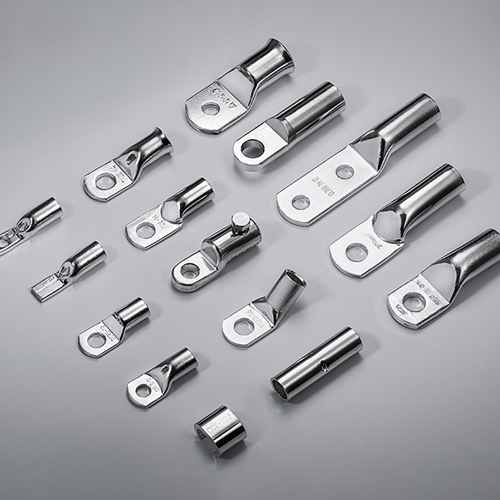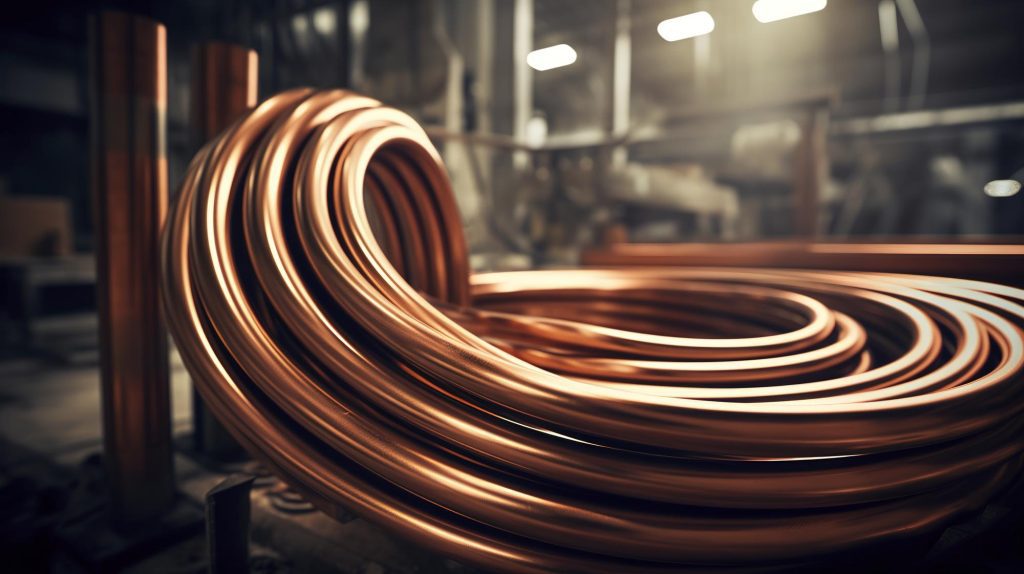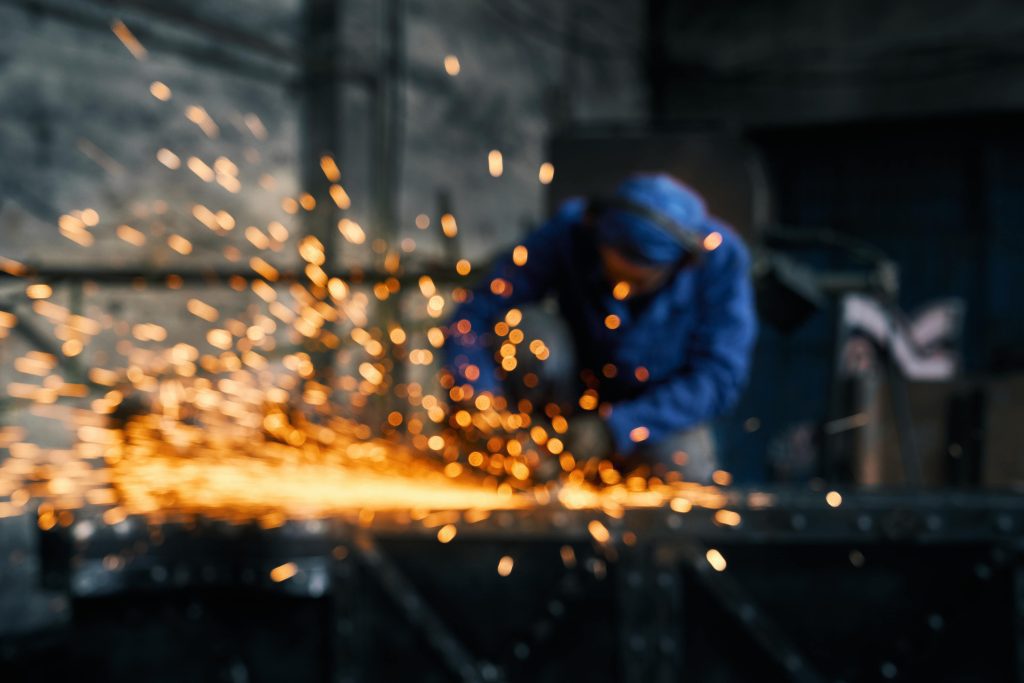Copper plate is a type of copper material with a smooth and flat surface that is used in various industries and applications. This article examines the unique characteristics, various uses and effects of copper plate in various industries.
Characteristics of copper plate:
Electrical conductivity: Due to its high electrical conductivity properties, copper plate is used to transmit electrical current in electronic and electrical circuits.
Heat absorption: copper plate has the ability to absorb and transfer heat and can be used in thermal equipment such as coolers and radiators.
Corrosion resistance: Copper is naturally resistant to corrosion, which makes copper plate suitable for use in a variety of environmental conditions.
Applications of copper plate:
Electronics industry: In the production of printed circuit boards (PCB), copper plates are used as conductive layers to create electrical connections between different parts.
Coolers: In the production of coolers to protect thermal equipment, the copper plate is used as a contact surface with the heat source and for heat transfer.
Electrical industry: In electrical equipment such as transformers and other electrical products, copper plate is used as a part of circuits and electrical connections.
Construction: In the design and construction of roofs, walls and air conditioning systems, copper plate is used as a material for electrical discharge and heat transfer.
The positive and negative effects of the copper plate:
Positive effect: copper plate provides improved electrical conductivity, better heat transfer and effective connections in industries.
Negative effect: In some cases, copper oxidation can lead to the formation of copper oxide layers that may reduce electrical conductivity.




